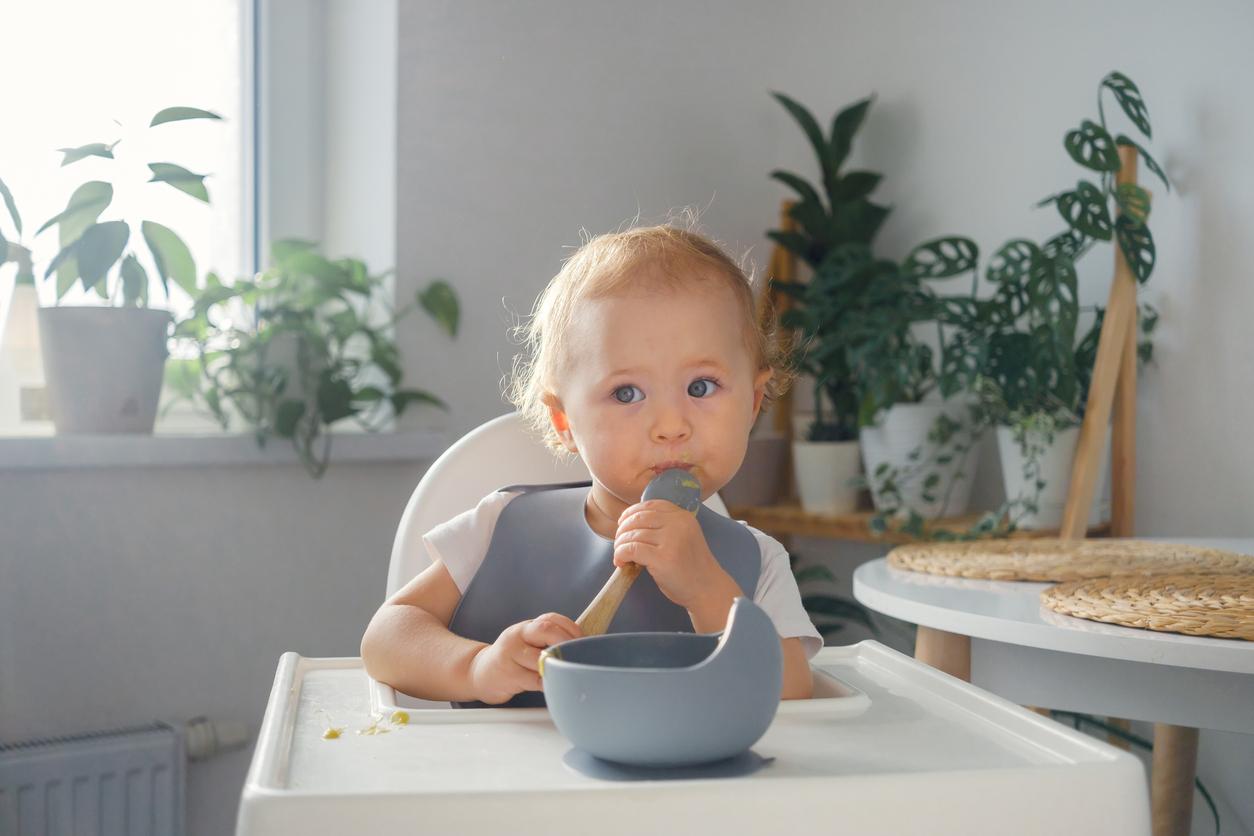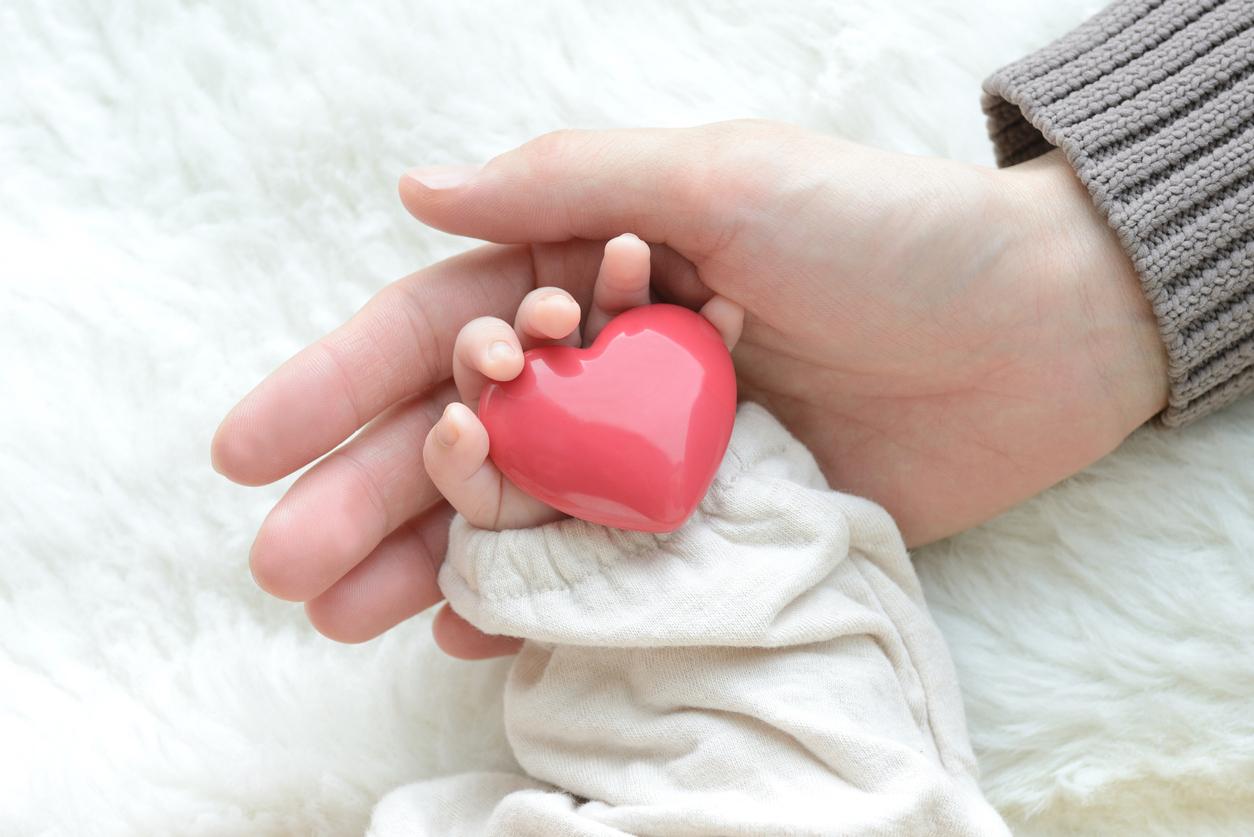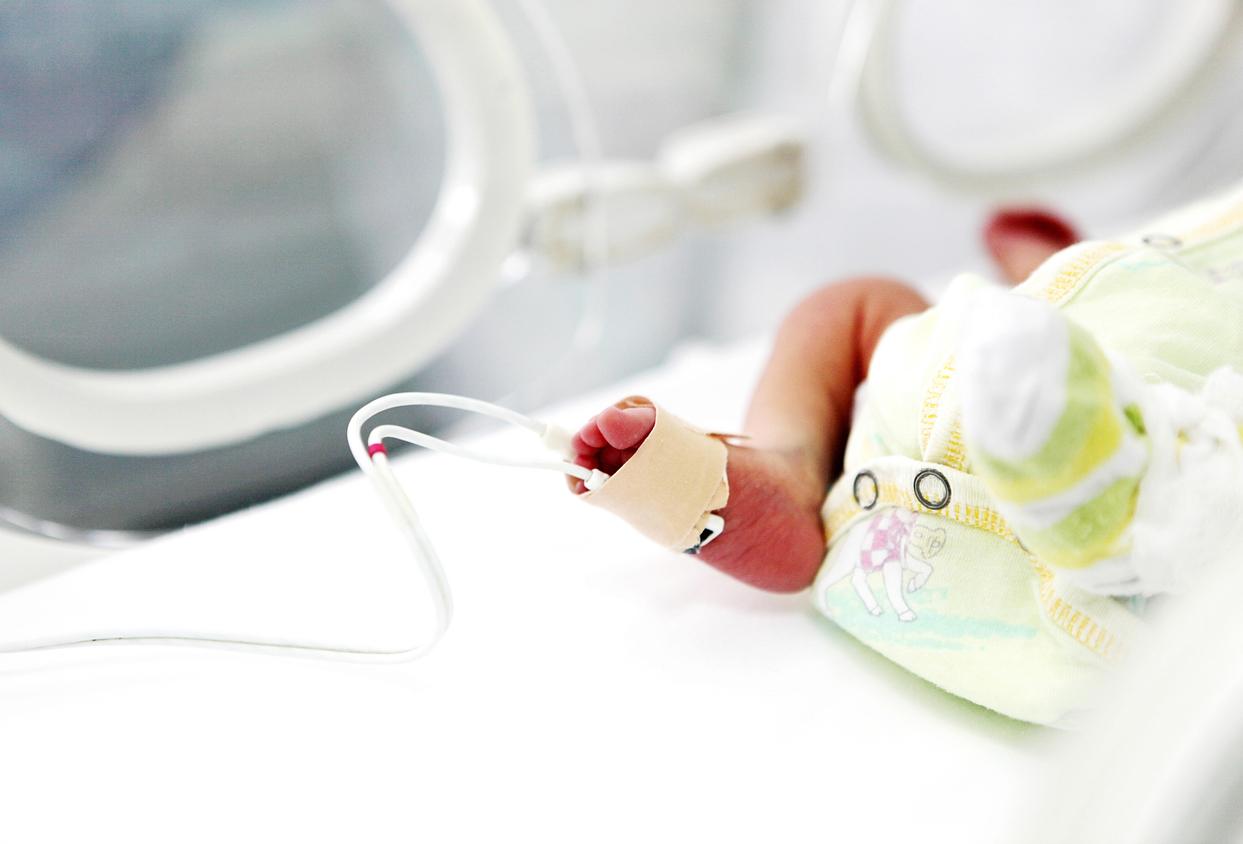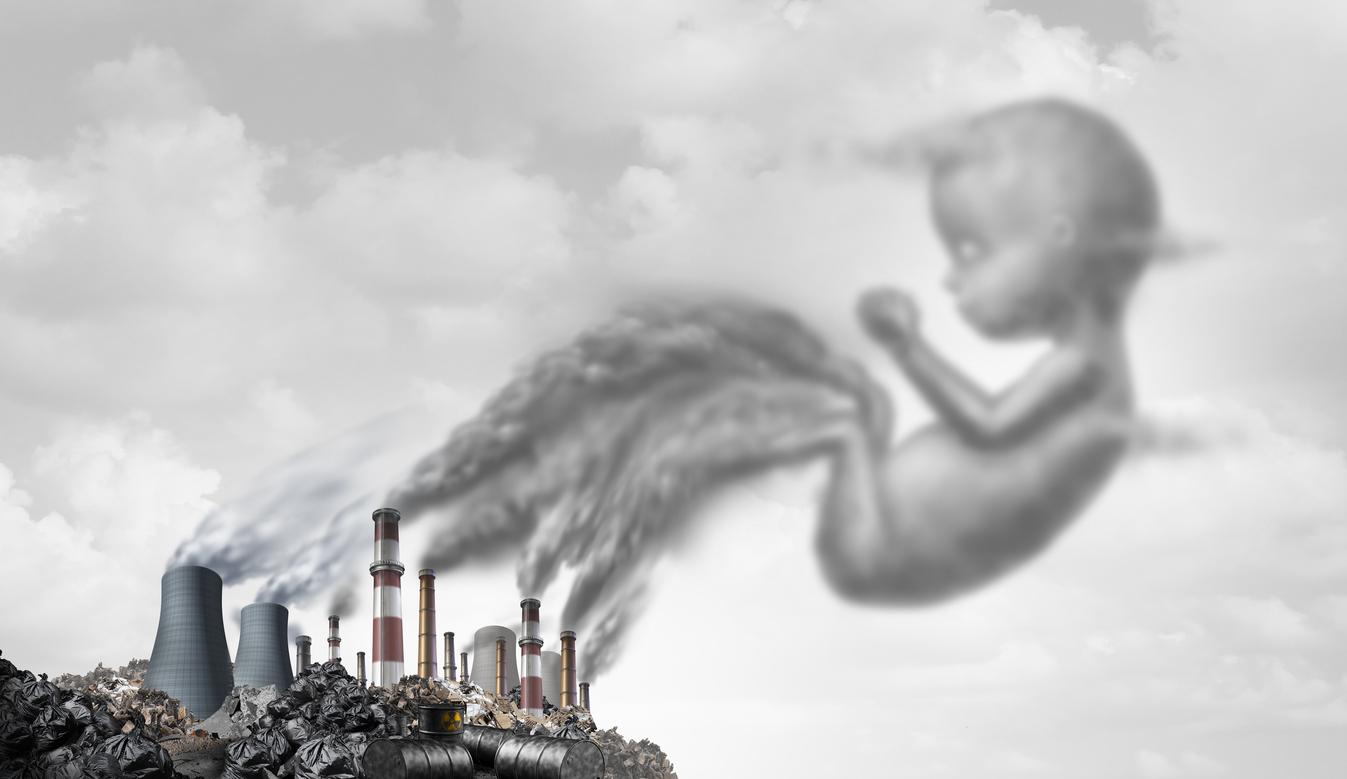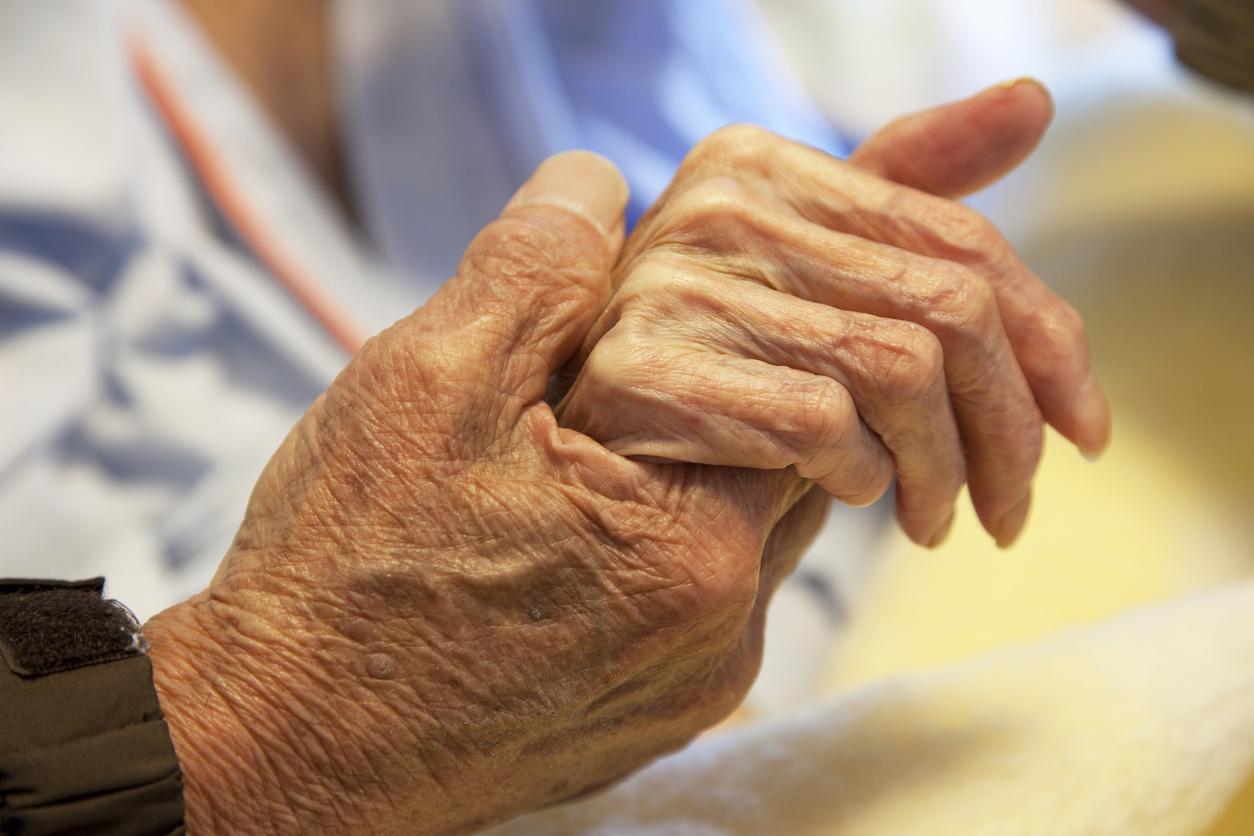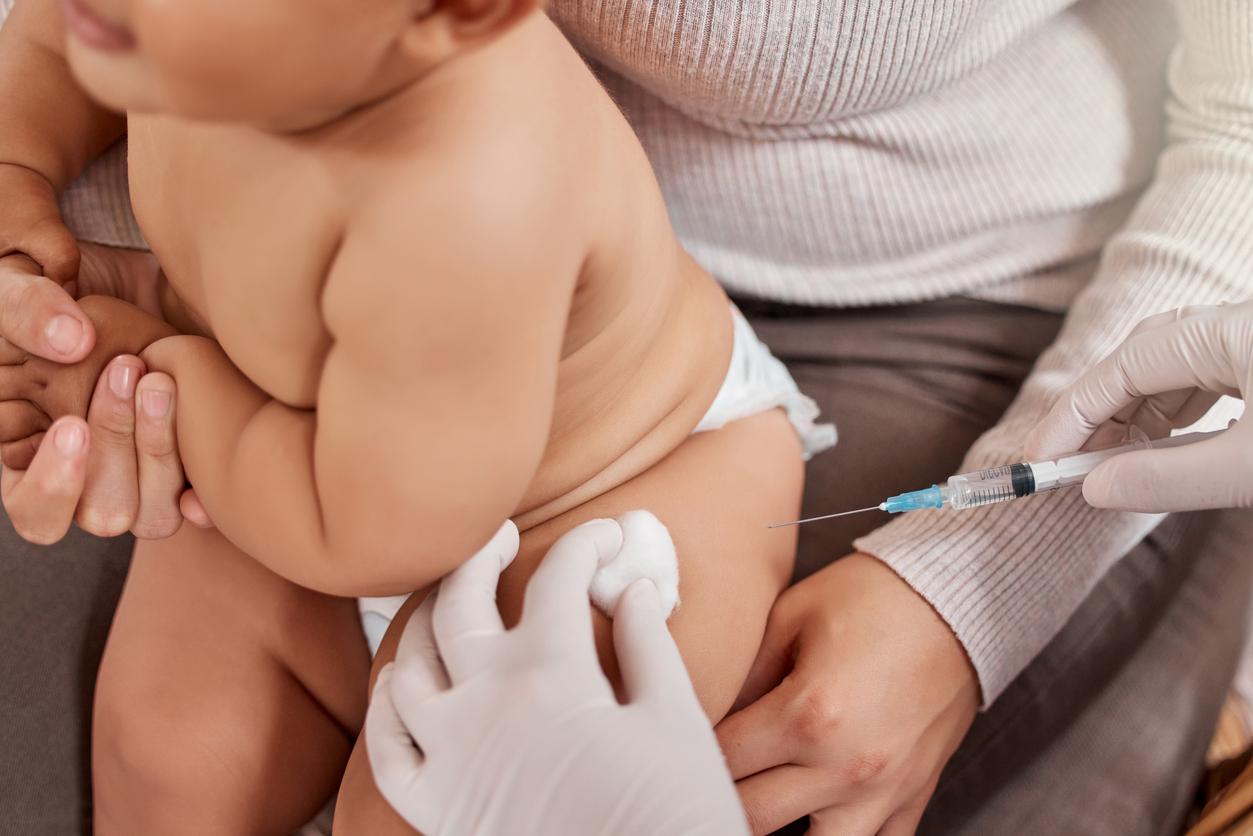“For the majority of French women, the arrival of a stillborn child does not mark the end of fertile life,” indicates INED in a new report.
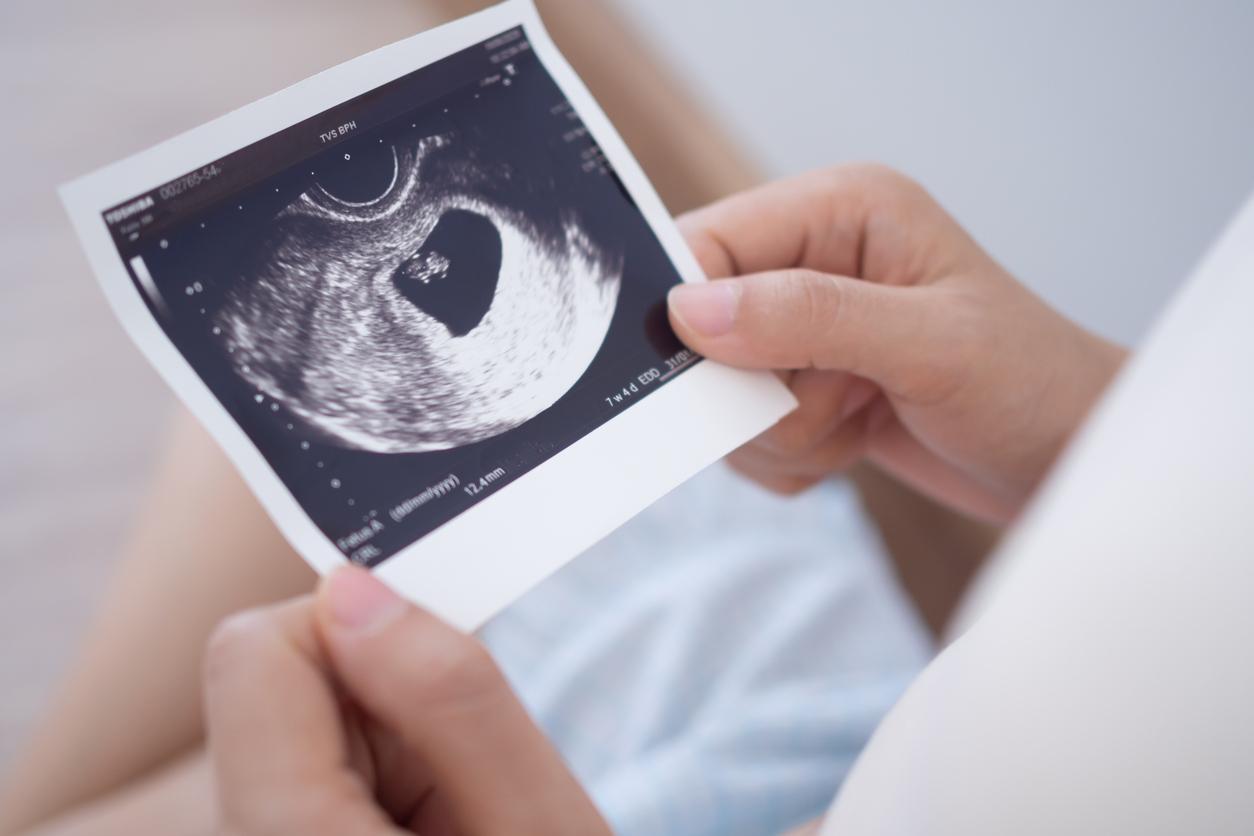
- In France, in 2024, a stillborn child is a stillborn child or a child born alive but not viable.
- “In the second half of the year following the death of a child, more than one woman in ten experiences a new birth. After two years, 40% have experienced a new birth and more than half in the 4 years following the birth. lifeless child”, indicates INED in a new report.
- In addition to age and complications during childbirth, the mother’s health is also a determining factor in stillbirths.
The death of a child at birth or shortly after is always a dramatic event. Who are the women most at risk of experiencing this event? How many will have other children next?
Birth of a dead child: what are we talking about?
“In France, in 2024, a dead child is a stillborn child or a child born alive but not viable,” first explains INED (National Institute of Demographic Studies) In a recently published survey.
“For women, the arrival of a dead child does not mark the end of fertile life,” continue the authors of the research. “In the second half of the year following the death of a child, more than one woman in ten experiences a new birth. After two years, 40% have experienced a new birth and more than half in the 4 years following the birth. lifeless child”, they also write.
“Finally, a little less than half of the women who have had a dead child do not have a birth in the following six years. The latter are divided between those who did not seek a new pregnancy and those who remained involuntarily infertile ( for example in the event of difficulty conceiving after a late pregnancy or repeated spontaneous miscarriages)”, they add.
Death of a child at birth: what are the risk factors?
The number of dead children each year is around 19 per 1,000 French women, or a little more than 10 dead children per 1,000 living.
Around 1% of children declared to the civil registry are dead when the woman is between 20 and 40 years old, a figure which increases to 2% before the age of 18. As the end of reproductive life approaches (around age 45), between 1.5% and 4.5% of declared children are dead.
In addition to age and complications during childbirth, the mother’s health is also a determining factor in stillbirths. “However, 30 to 50% of stillbirths have no apparent explanation,” completes INED.
“The most common age at which a dead child arrives is around 30 years old”
In the context of a generalized and continuing decline in pregnancies at older ages, more and more women are experiencing a dead child at a later stage. “While before 1993, the most common age at which a dead child arrived was around 25, today it is around 30,” note public health experts. “The average age at the birth of a dead child thus rose from 28.1 years in 1975 (1.5 years more than the average age at fertility of 26.7 years) to 29.9 years in 2000 (+ 0.5 years; 29.4 years) to 31.7 years in 2019 (+ 0.9 years; 30.8 years)”, they finish.









